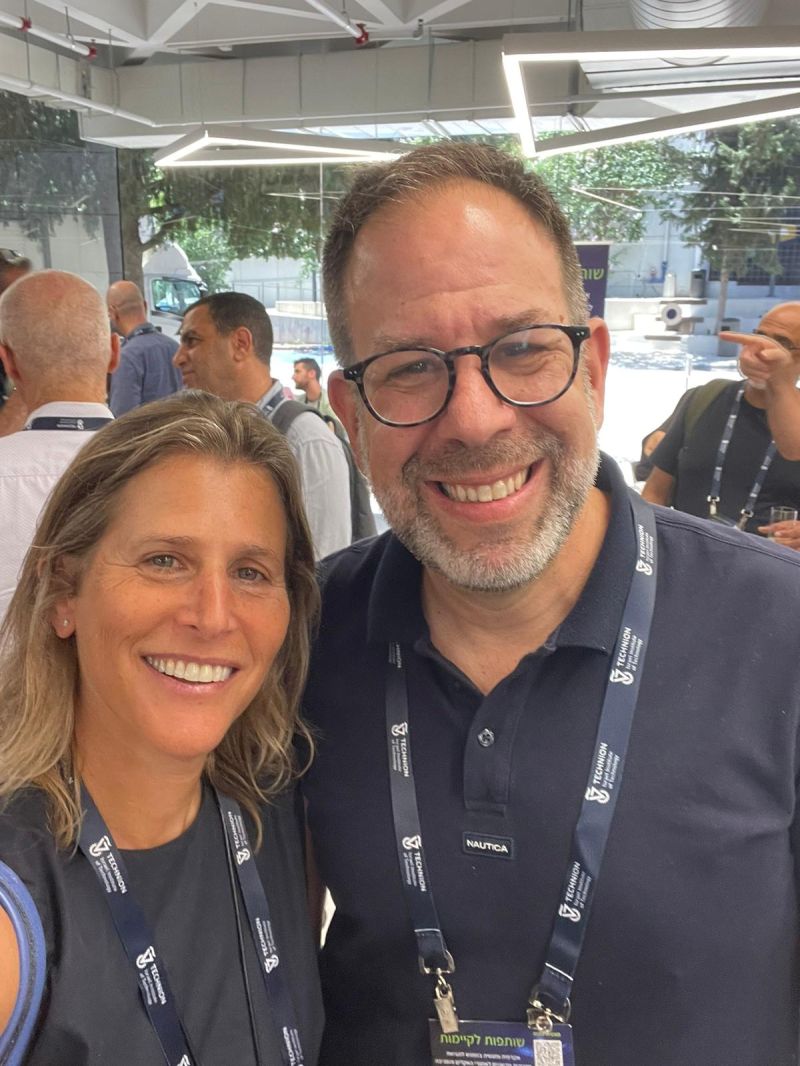Global organizations such as LinkedIn, Google, Aetna, SAP, General Mills, Check Point, Verint, Intel, Apple, Nike, and Salesforce offer mindfulness programs to their employees not only because it’s a nice thing to do, but because it has an impact on their bottom line. With their mindfulness program in place, within six months, SAP employees experienced a 9.2% increase in wellness, a 6.5% increase in engagement, a 13.8% increase in focus, a total stress decrease of 7.6%, an increase in creativity of 12.2%.
Since March, many of us have been working remotely, often in less-than-ideal conditions. A lot of the time we may feel stressed, isolated, or burned-out with “Zoom fatigue”. For this reason, well-being is getting more attention nowadays in organizations. As written in Deloitte Global Human Capital Trends 2021that well-being was rising on the organizational agenda even before the COVID-19 pandemic. “In fact, well-being was the top-ranked trend for importance in our 2020 Deloitte Global Human Capital Trends study, with 80% of our nearly 9,000 survey respondents identifying it as important or very important to their organization’s success”
Hence harnessing mindfulness is crucial nowadays to increase the well-being of the employees. However, not only. Acting mindfully Increases:
- Productivity at work with less effort
- Reduces workplace conflict and employee stress
- Creates better social connections
- Improves communication
- Supports a sense of belonging at work.
- Increase creativity
Expanding our mindfulness and awareness allows us to create a space between our thoughts. It helps us broaden the space between the stimulation and the response and to choose our behavior freely, instead of being managed by our emotions, thoughts, and all other stressful external triggers. As we are more present and mindful in the moment, we are more grounded and can take centered actions. We can be proactive instead of reacting.
Besides, mindfulness helps us to nourish the ability to be curious and adapt the “beginner mind’. This describes our ability to respond to what is happening at that moment with curious eyes, and to see the world with wonder without taking anything for granted. And as a result, increase our ability to see things in a different way and be creative and innovative.
Mindfulness is also nourished by practicing meditation. Research has shown that meditation increases our brain plasticity and enables us to quickly adapt and change automatic patterns that have become non-productive. What the practice of meditation actually does is allows us to create a space between our thoughts. And enables us to be more grounded and to react to what is happening at the moment instead of being in our own thoughts, and the stories that we are telling ourselves. That can be far from what is really happening at the moment and from what is needed.
There are various kinds of meditations:
The focus meditation – In this type of meditation, our focus is on one thing; the focus can be on our breathing, the body, a mantra, or on an image. Our aim is to see our own thoughts, to give them some space, and to release them through breathing. This mediation can have a great effect on our day to day lives and is known to reduce stress and improve our focusing abilities and overall productivity.
Body scan meditation – This is a guided meditation in which you move your attention along the body, focus on a different part of the body and look at it. There are feelings and emotions that arise around each part, and we look at them without judging them but simply allowing them to be as they are. Practicing this type of meditation on a daily basis can improve our connection to our inner wisdom and help us make better decisions.
Open awareness meditation – This approach is about the ability to be present in everything there is – sounds and sights, thoughts and feelings, without trying to eliminate them. We must accept them as they are and know that they will pass. The idea of this meditation is to acknowledge everything that is happening right now without judging whether it is good or bad. This type of meditation can improve creativity.
These are only a few of the kinds of meditative practice out there. There are other various ways to practice meditation, there are walking meditations, mantra meditation, and many more. Ultimately, the purpose of every moment of our lives is to be in meditation, namely to be fully present in the action we perform. The same is true in our personal and professional lives.
Mindful leadership is all about self-management. That is, we must be able to manage our inner world, emotions, thoughts, and resources of time. The basis for our ability to manage ourselves lies in mindfulness because it creates a mindset that is attentive to the here and now. Research shows that mindful decision makers are more open to feedback and less prone to misinterpreting by making self-serving choices, meaning that team engagement and community building can be leveraged to its full potential.
Hence, mindfulness can help us better manage ourselves in an effective way, create better connections, improve performance and enhance our personal and organizational well-being, creativity, and productivity. It can create an environment with more engagement and meaning at work and enable workplace creativity and innovation.





